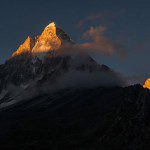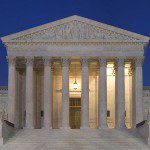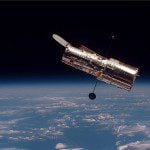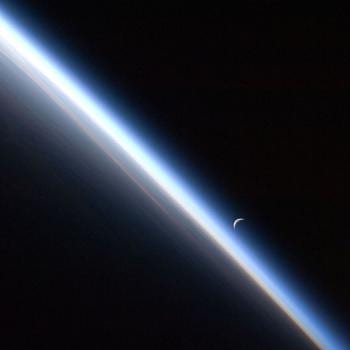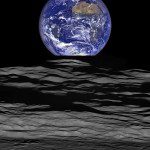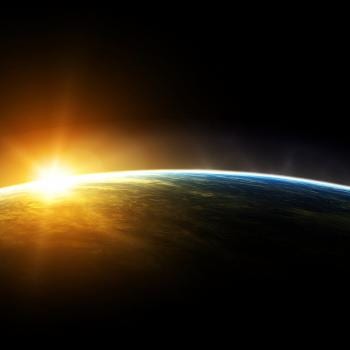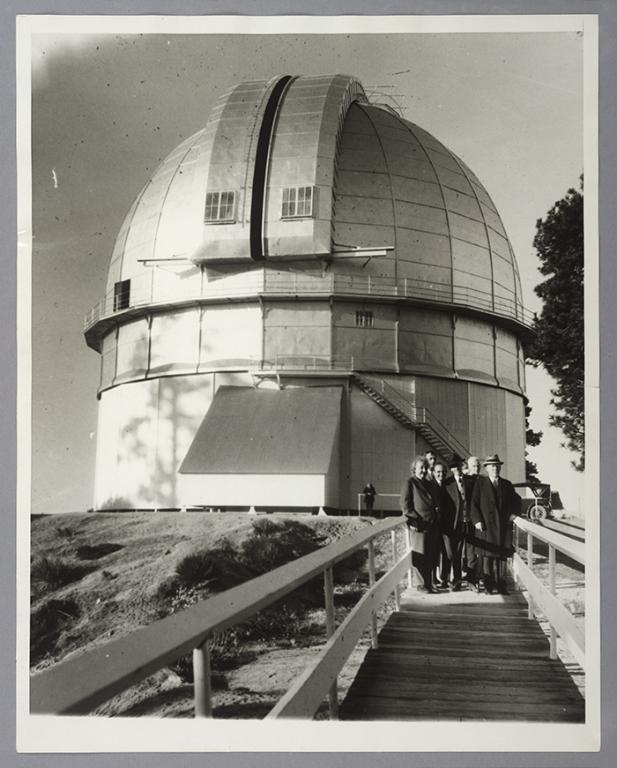
In the most recently posted episode of The Interpreter Radio Show — originally broadcast on 16 April 2023, but edited since airtime in order to remove commercial and other extraneous breaks — the discussants are Bruce Webster, Kris Frederickson, and Martin Tanner.
Here are the two segments of the program that are now available, at no charge and entirely at your convenience, as a service provided by the Interpreter Foundation:
The New Testament in Context Lesson 20: “What Lack I Yet?” covering Matthew 19–20, Mark 10, and Luke 18
Restoration Advocacy: Archaeological evidences of the Book of Mormon
The “New Testament in Context” portion of this show, for the Come, Follow Me New Testament lesson 20, “What Lack I Yet?” covering Matthew 19–20, Mark 10, and Luke 18 will be also posted as a free-standing link on Tuesday, 2 May 2023.
The Interpreter Radio Show can be heard Sunday evenings from 7 to 9 PM (MDT), on K-TALK, AM 1640, or you can listen live on the Internet at ktalkmedia.com.
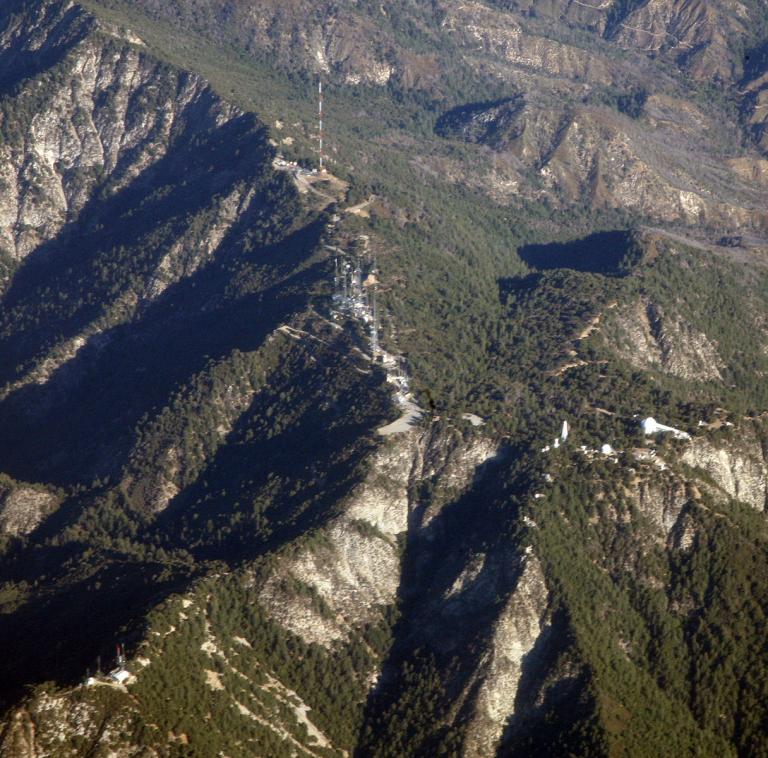
I enjoyed these three recent articles from Meridian Magazine, written by Duane Boyce and his daughter Kimberly White, and I commend them to your attention:
“Miracles Happen at General Conference”
““Here [in the Quorum of the Twelve] We Play Hardball””
““I Had a Glorious Visit Last Night””
This, reported by the Wall Street Journal, concerns me: “Biden Boils the Religious Liberty Frog: A series of innocuous-sounding regulations conceal an affront to the American faithful.”
A related article is this one, from the Deseret News: “A major military hospital’s conflict with Catholic priests, explained: Walter Reed National Military Medical Center is facing pushback from top Catholic leaders, lawmakers and religious freedom attorneys”
And here’s a video that I hope to watch fairly soon. It’s about an hour and twenty minutes long: “Latter-day Saints and White Christian Nationalism”
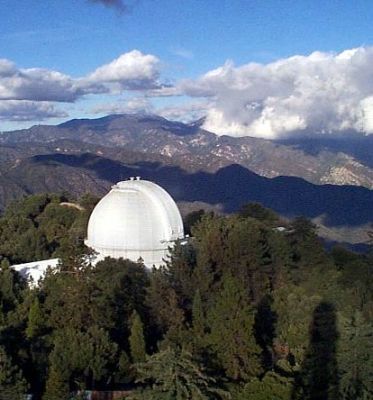
(NASA public domain photograph)
“Could a Rogue Planet Destroy the Earth?”
Reading this article, I was reminded of a curious speculation — I don’t think that any actual revelation concerning it has been received or claimed — among some nineteenth-century leaders of the Church of Jesus Christ of Latter-day Saints that Earth was originally created elsewhere and that its “fall” was a literal one, involving an actual change in location. It’s a very obscure notion, but I did manage to find a few illustrative references in the Wikipedia article on “Kolob”:
“Thou longed, thou sighed and thou prayed to thy Father in heaven for the time to arrive when thou couldst come to this earth, which had fled and fallen from where it was first organized, near the planet Kolob.” [John Taylor (1857), “Origin and Destiny of Woman,” Liahona: The Elders’ Journal 5/38 (7 March 1908): 1001-1002.]
“The earth doubtless fell also an immeasurable distance from the presence of its Maker, from the mansion or abode of Kolob.” [Charles D. Evans, “Matter and Spirit,” Millennial Star 56/49 (1894): 779.
In the twentieth century, at least one or two relatively peripheral writers seem to have entertained the notion.
In his book The First Two Thousand Years, for example — which I have never read — W. Cleon Skousen apparently suggested that the Earth was created near Kolob over a period of six thousand years (the six days of the Genesis narrative), whereupon, at the fall of Adam and Eve, it was moved to its present position in our solar system.
David B. Timmins, “Free Agency, Determinism, and Chaos Theory,”Dialogue: A Journal of Mormon Thought, 28/3 (1995): 163ff, apparently discusses the idea that the Earth might originally have been in orbit around Kolob before it was knocked out of its orbit gravitationally and then captured by the solar system in which it currently finds itself. In the last days, so the speculation continues, Earth will be plucked from this solar system and restored to the vicinity of Kolob.
Just for the record: I’ve never believed this speculation, nor ever thought about it very much. It certainly doesn’t accord with current scientific understanding of the nature and origin of either Earth or our solar system. But I thought of it when I read the article to which I’ve provided the link above.
Here is a simple account of the age of our planet that, again for the record, fully I accept: “How do we know how old Earth is? By measuring radioactive elements in rocks from Earth and other parts of the solar system, scientists can develop a timeline of our planet’s early years.”
Obviously, I’m open to correction on this as on other matters, both scientific and non-scientific. But this is how things look to me right now, in the current state of the evidence.
I tend to think that modern science is, yes, converging on solid truth about the universe as a whole and in all of its component parts — perhaps asymptotically — though I think that it would be both arrogant and ignorant about the prior history of science to pretend to certainty that no fundamental scientific revolutions remain.
Albert Michelson — whose famous April-June 1887 experiment with Edward Morley measured the speed of light in various directions and thereby refuted the existence of the luminiferous ether — is reported to have said at the inauguration of the Ryerson Physics Laboratory at the University of Chicago that the great principles had already been discovered, and that physics would henceforth be limited to finding truths in the sixth decimal place. Michelson won the Nobel Prize in Physics for 1907. But the great Danish physicist Niels Bohr, who won the Nobel Prize in Physics for 1922, is often quoted as having remarked that “It’s very difficult to make predictions, especially about the future.” And he was certainly correct in this case:
Max Planck, who received the Nobel Prize in Physics for 1922, launched quantum theory already around 1900, roughly thirteen years after Albert Michelson’s remarks at the new Ryerson Physics Laboratory in Chicago. Quantum theory has revolutionized the physical sciences. Albert Einstein received the Nobel Prize in Physics for 1921, principally on account of his discovery of the law of the photoelectric effect, which marks a pivotal moment in the development of quantum theory. In 1905, though, less than two decades after Michelson’s prediction that physics would, thereafter, be reduced to finding truths in the sixth decimal place, Einstein published his first paper on what is known as “special relativity.” In 1915, he published his work on “general relativity.” As if quantum theory hadn’t already shaken classical physics, relativity theory shook it again to its foundations. And one might add to the mix such minor details as the discovery that the universe is expanding, which came in the 1920s and 1930s. We still don’t understand that completely, and quantum theory and relativity have not yet been fully reconciled or harmonized. There are, I think, still a few developments to come.


